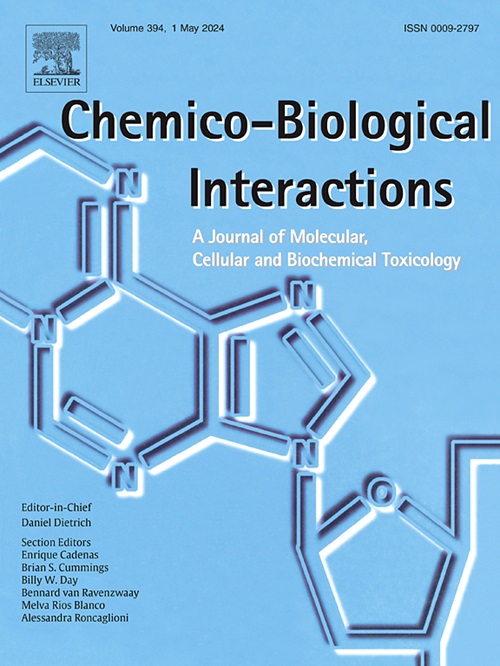PP2 suppresses proliferation and migration of C6 Glioma and MDA-MB-231 cells by targeting both fibroblast growth factor receptor 1 and Src
IF 5.4
2区 医学
Q1 BIOCHEMISTRY & MOLECULAR BIOLOGY
引用次数: 0
Abstract
Fibroblast growth factor (FGF) is involved in the progression of glioma, a most common type of brain tumor, and breast tumors. In this study, we aim to evaluate the effects of the inhibitor PP2 on cell proliferation and migration in glioma and breast tumor cells, and to characterize the molecular mechanisms involved in these processes. The inhibitory effect of PP2 on the tumorigenic potential of C6 glioma and MDA-MB-231 cells was examined by proliferation, migration, and invasion assays, and apoptotic analysis. The molecular mechanism behind the anti-glioma activity of PP2 was investigated by immunoblotting, immunoprecipitation, phosphoprotein assay, cellular thermal shift assay (CETSA), and molecular docking modeling. PP2 suppressed the proliferation and migration of C6 glioma and MDA-MB-231 cells via FGF2. Moreover, PP2 directly blocked the enzyme activity of FGF receptor 1 (FGFR1) and Src, subsequently affecting the nuclear factor-κB and activator protein-1 signaling pathways. CETSA analysis and the docking model indicated that the TK1 domains (Val 492 ad Glu 486) of FGFR2 could be binding sites of PP2. Collectively, therefore, our findings suggest that PP2 mediates antitumor effects by targeting both FGFR1 and Src and may have applications as a therapeutic inhibitor for the treatment of glioma.
PP2 通过靶向成纤维细胞生长因子受体 1 和 Src,抑制 C6 胶质瘤和 MDA-MB-231 细胞的增殖和迁移
成纤维细胞生长因子(FGF)参与了胶质瘤(一种最常见的脑肿瘤)和乳腺肿瘤的进展。在本研究中,我们旨在评估抑制剂 PP2 对胶质瘤和乳腺肿瘤细胞增殖和迁移的影响,以及参与这些过程的分子机制。我们通过增殖、迁移、侵袭试验和细胞凋亡分析研究了PP2对C6胶质瘤和MDA-MB-231细胞致瘤潜能的抑制作用。通过免疫印迹、免疫沉淀、磷蛋白检测、细胞热转移试验(CETSA)和分子对接模型研究了 PP2 抗胶质瘤活性的分子机制。PP2通过FGF2抑制了C6胶质瘤和MDA-MB-231细胞的增殖和迁移。此外,PP2直接阻断了FGF受体1(FGFR1)和Src的酶活性,进而影响了核因子-κB和激活蛋白-1的信号通路。CETSA分析和对接模型表明,FGFR2的TK1结构域(Val 492和Glu 486)可能是PP2的结合位点。因此,我们的研究结果表明,PP2 通过靶向 FGFR1 和 Src 发挥抗肿瘤作用,可作为治疗胶质瘤的抑制剂。
本文章由计算机程序翻译,如有差异,请以英文原文为准。
求助全文
约1分钟内获得全文
求助全文
来源期刊
CiteScore
7.70
自引率
3.90%
发文量
410
审稿时长
36 days
期刊介绍:
Chemico-Biological Interactions publishes research reports and review articles that examine the molecular, cellular, and/or biochemical basis of toxicologically relevant outcomes. Special emphasis is placed on toxicological mechanisms associated with interactions between chemicals and biological systems. Outcomes may include all traditional endpoints caused by synthetic or naturally occurring chemicals, both in vivo and in vitro. Endpoints of interest include, but are not limited to carcinogenesis, mutagenesis, respiratory toxicology, neurotoxicology, reproductive and developmental toxicology, and immunotoxicology.

 求助内容:
求助内容: 应助结果提醒方式:
应助结果提醒方式:


